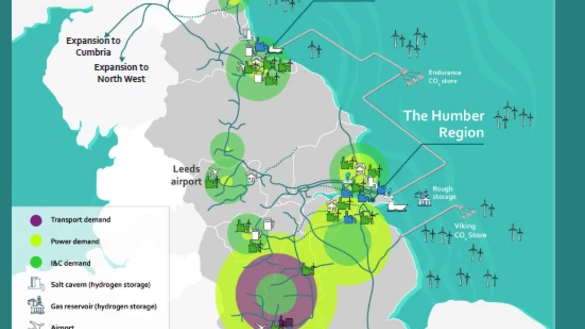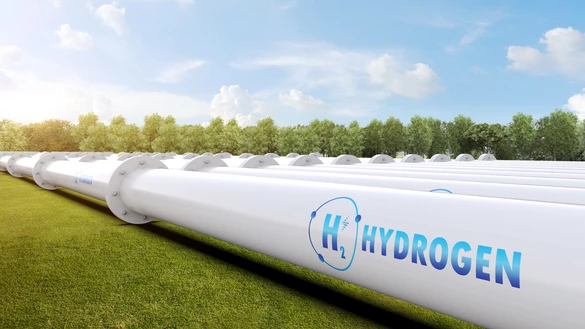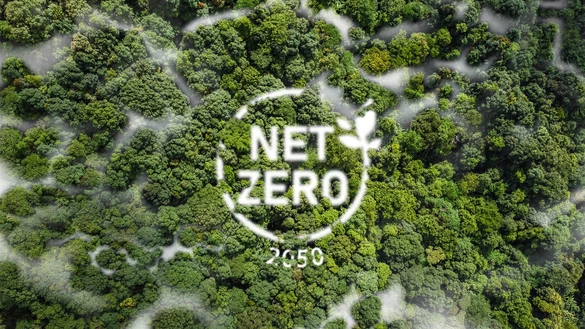- Back
- Balancing
- Capacity
- Charging
- Connections
- Data and operations
- Land and assets
-
Insight and innovation
- Back
- Home
- Insight and innovation
- Transmission innovation
- Summer Outlook
- Winter Outlook
- Gas Ten Year Statement (GTYS)
- Gas Future Operability Planning (GFOP)
- The future of gas-fired generation
- Understanding within-day behaviour
- Identifying future drivers of change
- Changing supply patterns
- Future of gas
- Stakeholder resources

Cleaning up gas compression with SCR
Selective Catalytic Reduction (SCR) systems could help bring a proportion of National Grid’s gas compressors in line with stringent European emission standards, according to the findings of a major innovation project. Neil Billingham, Senior Environmental Engineer, tells us more.
The arrival of more stringent environmental legislation through the Industrial Emissions Directive (IED) means our existing fleet of standard Rolls-Royce RB211 and Rolls-Royce Avon gas turbine-driven compressors needs to be upgraded to meet the new rules.
As a business, we have three options. Either replace the older equipment with newer, lower emission gas turbines; replace with electrically driven units; or retrofit emission reduction systems or emissions abatement technology to cut emissions to appropriate levels.
As part of a Network Innovation Allowance (NIA) funded project, we investigated whether one option – the retro-fitting of selective catalytic reduction (SCR) systems – could help our business meet its emissions obligations on these older compressors.
Understanding the SCR process
SCR is a well-established technology on large power plants. It’s fitted to the exhausts of machines to reduce their nitrogen oxide (NOx) emissions. However, the technology hasn’t been applied in the UK on the scale of our large gas compressors.
Injected ammonia (in the form of aqueous ammonia or urea) reacts with NO and NO2 in the exhaust causing a chemical reaction that separates the nitrogen and oxygen. The reaction is assisted with the use of a catalyst. This helps release nitrogen and water into the atmosphere, instead of nitrogen oxide (NOx), one of the pollutants that’s limited under IED regulations.
The project itself saw us do an outline design of an SCR scheme that would work on our fleet. We then screened all our Avon and RB211 turbines to see which units were best suited to having the system installed and three were identified.
For each one, we carried out a study to assess the cost and environmental benefits of installing SCR. Results showed that SCR could be a feasible solution for all unit types, allowing us to meet the required emission standards and make significant cost savings compared to installing new turbines.
Gas is a major part of the solution for decarbonising heat and transport, improving air quality, supporting a strong UK economy and delivering a secure energy supply.
- Nicola Pitts, Head of Market Change, Gas
Making plans and moving forward
With the final report complete, we’re now looking more closely at the practicalities of installing SCR systems on our equipment.
It’s important to explore, for example, the total cost of moving this solution forward. The price of the SCR systems is just one consideration. As we’re dealing with aging assets, we need to factor in any work required to bring our turbines up to standard and ensure they’re able to run efficiently for another 20 to 30 years.
While we still have considerable work to do from both a planning and investment point of view, what is clear is that SCR has been shown to be a feasible solution for meeting our business’s requirements. We’ll continue to work towards making sure the solution we invest in brings large-scale benefits – both financial and environmental – to our customers and the UK’s gas consumers.
Read more about the innovations that are changing the way Gas Transmission does business on our Transmission innovation page.



